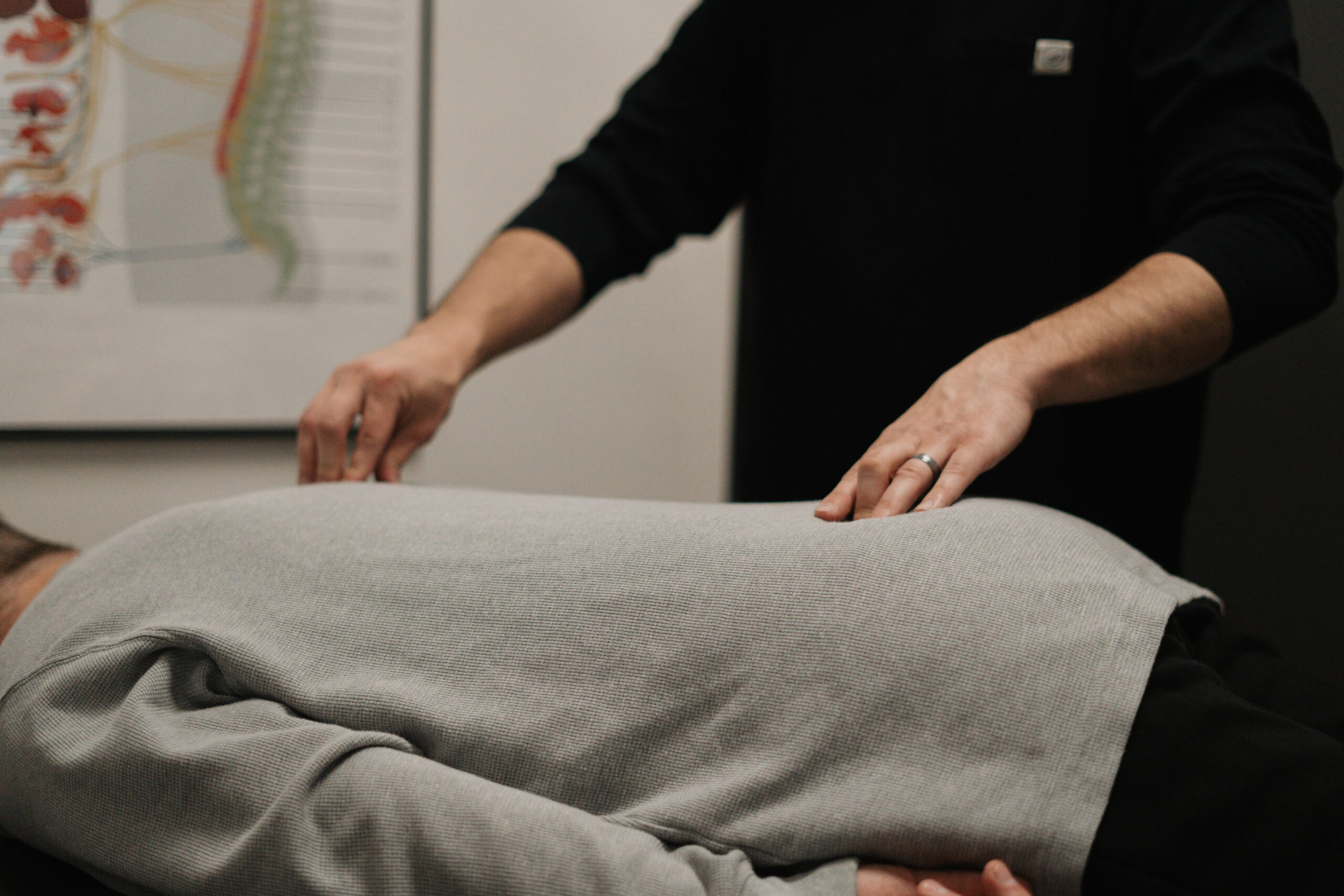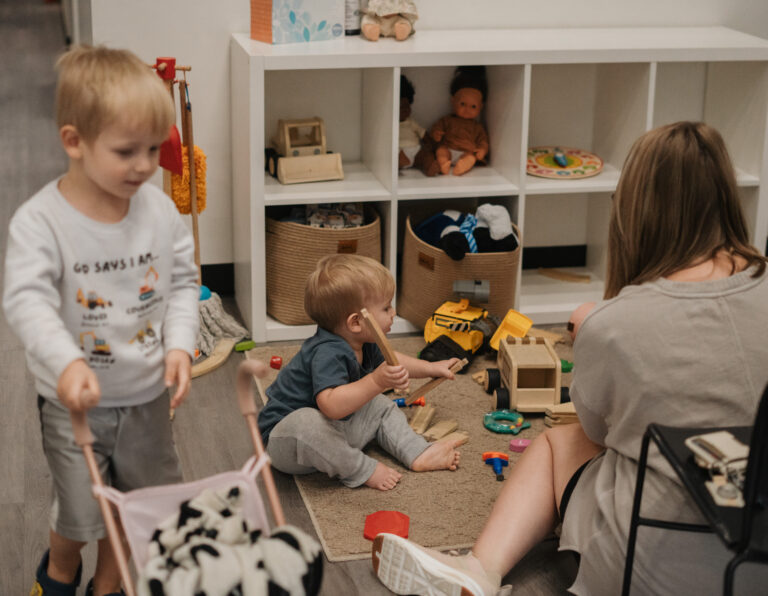Let’s delve deep into the topic of dysautonomia. It’s a term you may not be familiar with, and even some medical doctors may not have a full understanding of it.
Dysautonomia is a condition that affects the autonomic nervous system, which is responsible for controlling and coordinating every function in our body. The autonomic nervous system is designed to operate on autopilot, but when it’s in disarray, it can lead to a variety of issues. Most medical doctors do not evaluate the nervous system when assessing illness or sickness, which is why dysautonomia often goes undetected.
They look at lab results, which is looking at our chemistry or blood work. Or they look at imaging which may be looking at tissue or structures – such as X-ray, MRI, or CT scans. Neither of these most common modes of medical analysis – blood work and lab analysis and imaging (MRI) – evaluate the function of the nervous system.
You’re probably wondering what dysautonomia is, what causes it, and how it can impact your child’s health. And most importantly, what to do to help them. If your child is struggling with various health issues and has seen multiple specialists, dysautonomia could be the root cause of their problems. Every single teenager we see struggling with anxiety, depression, brain fog, sleep disturbances, ADHD, and gut issues has dysautonomia.
What Is Dysautonomia?
To begin, let’s define dysautonomia. It’s a condition where the autonomic nervous system is disorganized and imbalanced. There are two sides to the autonomic nervous system; there is the gas pedal, fight or flight side, which means stress, tension, and anxiety. Then there is the relaxation side, which means calm, rest, and emotional regulation.
When dysautonomia sets in, other systems in the body also begin to experience symptoms, leading to conditions such as anxiety, depression, ADHD, gut issues, fatigue, brain fog, and sleep disturbances. Therefore, addressing dysautonomia is crucial for improving overall health and well-being.
- Decreased Motility in the Gut
One of the first symptoms of dysautonomia is decreased motility in the gut – which means things are not moving along very well. What this looks like in infants are reflux and colicky behavior. Older kids may experience chronic stomachaches, nausea, and constipation. These symptoms can be particularly challenging for children and teenagers.
- Immune Challenges
As parents, you’re probably well aware of the gut-brain connection and the importance of a healthy digestive system for a healthy immune system. But did you know that the autonomic nervous system plays a crucial role in this connection? Dysautonomia, or a subluxated nervous system, can lead to decreased movement in the gut, increased mucus and secretions, and a higher risk of respiratory and immune system congestion.
This congestion can manifest into ear infections, sinus infections, chronic strep infections, and even more serious conditions like PANDAS, asthma, allergies, and pneumonia. Every time a child gets sick, they can’t kick it.
This all starts with an out-of-balance nervous system, which causes an out-of-balance immune system. We end up with a high correlation, especially in older kids and adults, between dysautonomia and autoimmune challenges.
- Mental and Emotional Health Challenges
Dysautonomia has also been linked to mental health challenges like ADHD, OCD, and anxiety because the autonomic nervous system also controls our mood, memory, emotional regulation, depression, and focus. In fact, exhaustion is one of the clearest and most common symptoms of dysautonomia, affecting everyone from grade school children to adults. They are wound up and worn out at the same time.
As pediatric chiropractors, we see firsthand how correcting subluxations and restoring balance to the autonomic nervous system can lead to significant improvements in digestion, immune function, and mental health. By ensuring that the nervous system is functioning properly, we can help children and adults alike lead happier, healthier lives.
To help your child, it’s essential to address the root cause of dysautonomia, which is often related to subluxation in the spine and the Vagus Nerve. Subluxation is a misalignment of the neurospinal system that can interfere with the proper functioning of the nervous system, leading to dysautonomia.
- The Motor System
The final system impacted by dysautonomia is the motor system. When that sympathetic fight or flight system is running too much, you’ll get spasms, tension, neck pain, back pain, tension headaches, migraines, and weakness.
So what we see a lot with our special needs, sensory, and spectrum children are commonly affected by dysautonomia due to a combination of factors, leading to a Perfect Storm that just keeps going until the autonomic nervous system is addressed.
Medications or chemistry can’t address the issue, and medical testing such as lab results and imaging can’t take care of it. Therefore, the only way to address dysautonomia through the motor system is by addressing tone and coordination. Motor tone and coordination are two significant aspects of the muscular or motor system that dysautonomia greatly affects.
The Simplicity of Healing the Nervous System
I understand how overwhelming it can be for parents to manage multiple health concerns for their children. If you’re juggling appointments with specialists, OT, PT, and psychologists and trying to keep up with daily struggles, you’re not alone.
However, I want to share a key piece of information that can tie everything together. In the majority of cases, there is one underlying issue that is causing your child’s gut, respiratory and immune issues, ADHD, behavioral or cognitive concerns, and more.
Before we dive into the details of what causes this issue and how to address it, I want to emphasize that the solution is simple. But don’t let the simplicity fool you – it’s effective. In today’s world of advanced medical technology and lab work, it’s easy to believe that the solution must be complex.
The truth is that God designed our bodies to be healthy, and the control and coordination of our various systems are managed by the nervous system.
When this system is functioning well and communicating properly, it controls and coordinates all other systems in the body, leading to better digestion, immune function, sleep, focus, energy, and more.
Conversely, if the nervous system goes haywire, everything downstream can go haywire as well. This is where neurologically focused-pediatric chiropractic comes in.
By improving the function of the nervous system, we can greatly improve the function of many other systems in the body.
The beauty of this approach is that we can address a multitude of challenges tethered to and caused by one thing, greatly improving the quality of life for children and their families.
We’ve witnessed firsthand the top three positive responses to chiropractic care for thousands of young patients in our practice. Number one is better sleep. Number two is improved energy and emotional regulation. And number three is improved digestive and immune responses. It’s amazing how one thing, adjustments, can have such a profound impact on a child’s overall health and well-being.
What Causes Dysautonomia?
Let’s discuss the primary cause of dysautonomia, which is subluxation. Subluxation is a neuro-spinal term that we use in a completely different context than medicine.
Simply put, it refers to #1, the misalignment of the joints and neuro biomechanics of the body, specifically in the neuro-spinal system that closely connects and protects the central and autonomic nervous system.
The neck and spine are crucial in this regard, and we need to be careful with them, whether it’s a football player, a youth gymnast, or a newborn who can’t hold their head or neck yet – we all know the most important thing to protect, is the neck. Unfortunately, everyday factors like birth trauma and staring at phones can lead to subluxation and neck injury.
Most children have a significant subluxation in their neck and upper cervical brainstem region from birth trauma, forceps, vacuum, C-section, and induction. These physical traumas cause misalignment, which leads to fixation and tension and, ultimately, neurological imbalance or dysautonomia.
Subluxation causes an excess of sympathetic fight or flight response, called the gas pedal. A subluxated child with sensory issues may have a meltdown in a store or restaurant, get overwhelmed easily, and struggle with brushing their teeth or wearing certain clothes. This happens because the child is stuck in fight or flight mode due to too much subluxation and tension.
Furthermore, subluxation causes too little parasympathetic or vagus nerve function, which regulates our heart rate, breathing, digestion, immune system, inflammation, and sleep quality. It also helps to focus our emotions, socialization, and communication. A subluxated child may have difficulty relaxing, calming down, and regulating their body functions.
The word to remember here is “subluxation means stress stuck on.”
When that stress is stuck on, it shifts the nervous system into fight or flight mode, causing significant disruptions in a child’s overall well-being. Therefore, it’s crucial to identify and treat subluxation in children through neurologically focused pediatric chiropractic care.
How Do We Care For Dysautonomia and Find Subluxation?
The first step in addressing subluxation is finding it. This is where our advanced INSiGHT scanning technology comes in. We use thermal, EMG, and HRV scans to locate, quantify, and measure the extent of subluxation. By doing so, we can determine if your child is struggling with dysautonomia.
Once we have this information, we can develop a personalized plan to correct the subluxation and restore balance to your child’s nervous system. This plan involves chiropractic adjustments, which can release tension and restore proper alignment. Our goal is to get your child’s vagus nerve, a crucial regulator of the autonomic nervous system, back online and functioning properly.
To get started, you can schedule a consultation with us or a PX Doc in our network, if you’re not local to our office. During a reported findings visit, they’ll review the results of the scans and show you the plan for correcting subluxation. Our clinical protocols are designed to get the job done and help your child achieve optimal health and wellness.
In conclusion, finding and correcting subluxation is crucial for your child’s overall health and well-being. With our advanced scanning technology and clinical protocols, we can locate, quantify, and correct subluxation to restore balance to the nervous system.
I hope this blog provides you with answers that you haven’t found elsewhere. Please share this information with other families who may benefit from it. We are always here to provide hope, answers, and help.
Understanding dysautonomia and subluxation is the missing link in healthcare that can make a significant difference in the lives of millions of children. Once parents have access to this information, it leads to action and helps their child get out of that stress mode, out of the storm, and back to the healthy, thriving life they deserve.



